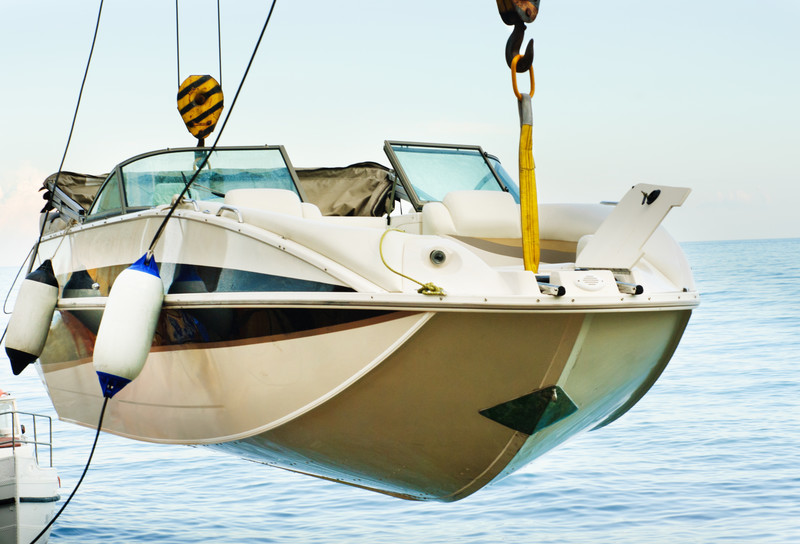Owning a boat requires some maintenance work. The most common maintenance is winterizing a boat, which can be tedious, but it’s an important task to ensure your boat has longevity and a good launch in the spring. Taking time now to do it correctly will also save you money in service bills later. Fuels can freeze, causing cracks and ice can wreak havoc on your wiring.
Check Engine
There are several elements to making sure your boat’s engine will survive the winter without corrosion or freezing, this is essential for first-time boat owners to learn. First, look for obvious problems like loose wires, hoses, and connections. Next, you need to run the engine to check the oil and filter.
You need to have water going through the outboard. Many people find earmuffs the most helpful to run water through. Make sure the boat plug is pulled and stored. It shouldn’t take long to get the engine up to temperature to check the oil and filter. Running water through the engine flushes it of impurities picked up throughout the year. You want to idle the engine until the water runs clean. Once done and the engine is off, take a piece of wire and a cloth and clean the outboard thoroughly. Fill inboards and sterndrives with propylene glycol antifreeze to prevent freezing.
A professional boat mechanic would advise draining the gas from the tank, but you can alternatively add a fuel stabilizer. Be sure to idle the engine again for about 10 minutes after adding it to ensure the treated fuel circulates through the entire system.
Next, use either a fogging oil or a two-cycle oil to spray into the carburetor. Remove the engine flame arrestor and spray into the carburetor while the engine is running.
Since you are not removing fuel, you will need to shut it off from the engine. You can do this either by pinching off the fuel line or using the fuel valve while the engine is running. Once the engine stops, remove spark plugs. Spray cylinders with oil. Make sure it is coated well and replace plugs.
Check Prop
You need to pull the prop. To do this, take a wood block and put between the anti-ventilation plate and the prop. Loosen the prop nut and pull it. Look for damage to the prop, the hub, and splines. Change water pump impeller.
Drain the gear case lube. Look to see if oil got mixed in, which would turn liquid to a milky color. If you see metal chips, your gears are grinding.
The Exterior
Check the hull for any cracks and pressure wash your boat. Check for residue underneath and clean away things like barnacles and scum. Wax your boat with a marine wax to add to the protection for your boat.
Check Interior
Wipe down counters, dash, and indoor areas. Vacuum the carpet. Mechanics suggest removing electronics if you live in an extreme winter environment. Use a lubricant on exposed electrical connections. Clean and dry the toilet head. Pump built-in sinks and showers (if applicable) with antifreeze.
Take a vinyl cleaner and wipe seats and interior. This will prevent it from drying out.
Cover It for Winter Storage
Get a good boat cover with peak poles to prevent water from getting in and ensuring snow and ice drain away. Then get a solid over cover, like a poly tarp, to cover entire boat for extra protection from moisture.
Taking care of your boat on a regular basis helps make sure you can keep it going strong for years to come. Preparing your boat for the winter months starts from the inside out. Preparing your engine, cleaning, and protection from freezing liquids helps for a smooth transition in the spring. Following these simple steps will make for a great boating season next year!
Searching for the best boat loans with bad credit? Southeast Financial can help, contact us today to see how much money you can save!


